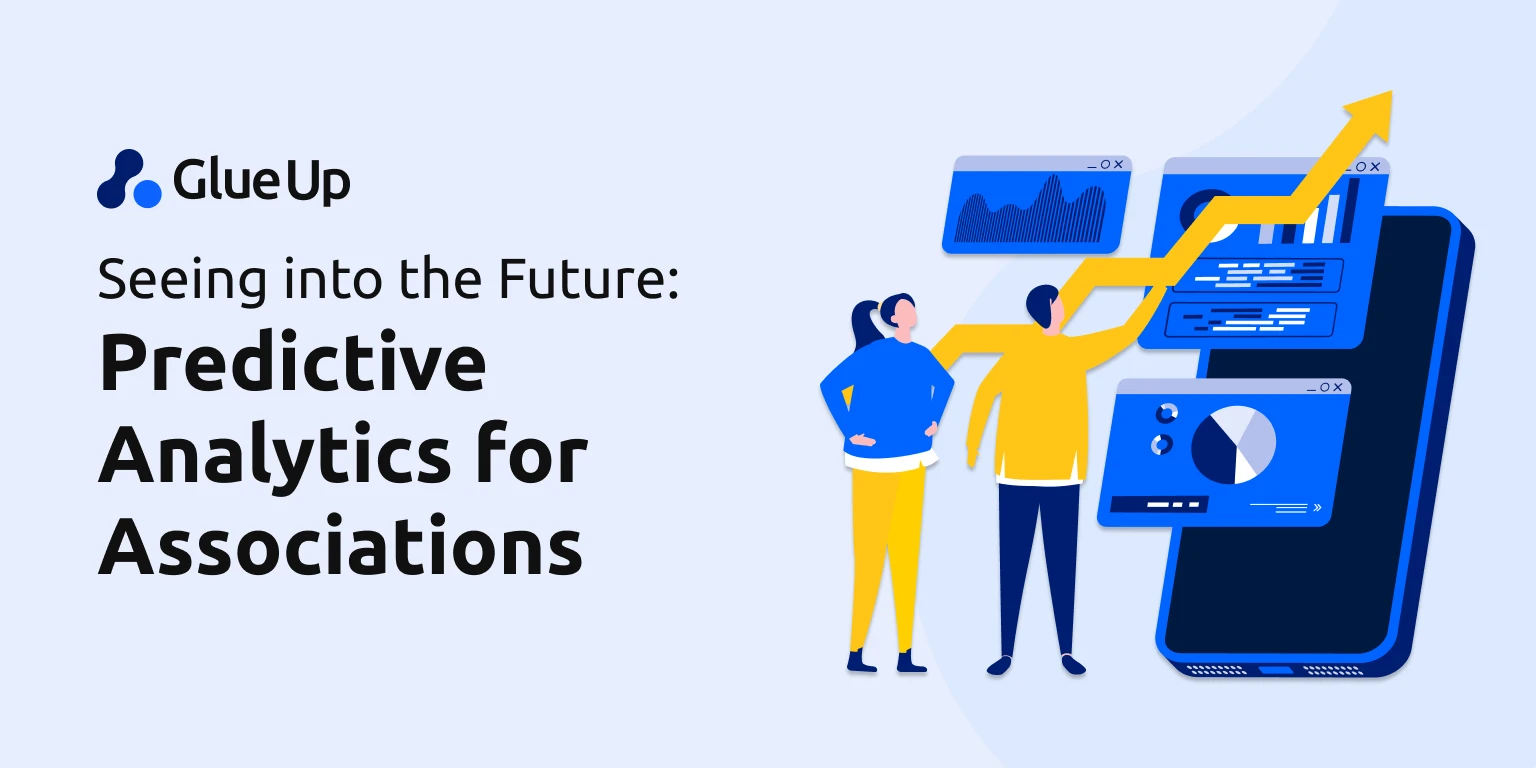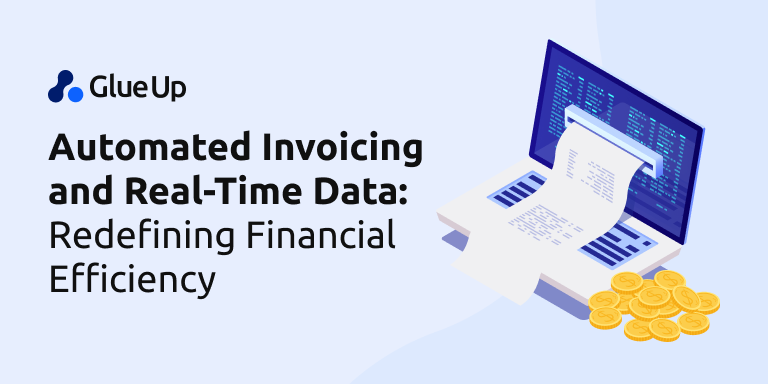
Decisions backed by data are far more accurate than decisions backed by assumptions; that is why associations increasingly turn to data analytics to understand their members and optimize their operations. However, traditional data analysis, which focuses on what has already happened, offers a limited perspective.
This is where predictive analytics steps in, acting as a crystal ball that empowers associations to anticipate future member behavior and make proactive decisions. You must be familiar with this terminology already but might not have an in-depth understanding of it. If so, then this blog is all about predictive analytics.
We will be deep-diving into the core concepts of predictive analysis to help you clearly understand it and learn how to leverage it to make better strategies and decisions for your association. So stay tuned and read on to learn thoroughly about predictive analytics.
Key Takeaways
- Predictive analytics is a powerful tool that allows associations to anticipate future member behavior and make proactive decisions, transforming how they operate.
- Predictive analytics forecasts future trends and behaviors, while prescriptive analytics recommends specific actions based on those predictions to optimize outcomes.
- Predictive analytics enhances member engagement, boosts revenue, improves resource allocation, and personalizes member experiences, all of which contribute to the long-term success of the organization.
- Associations can leverage predictive analytics to predict member churn, forecast event attendance, and make personalized content recommendations, leading to more targeted and effective strategies.
- Glue Up's AI-powered AMS provides accurate data and analytics solutions, enabling associations to gain valuable insights into their members' needs and behaviors. This support helps associations enhance engagement, boost revenue, and secure long-term success.
What is Predictive Analytics?

“Data is a tool for enhancing intuition.” Hilary Mason, the founder of Fast Forward Lab's quote, perfectly fits the description of predictive analytics. Predictive analytics leverage historical data, statistical modeling, and machine learning algorithms to forecast future probabilities and trends.
The analytics analyze past member interactions, engagement patterns, business types, and demographics. Associations can gain insights into what their members are likely to do next. Moreover, this foresight allows them to tailor their offerings, personalize communications, and, ultimately, strengthen member relationships.
What is the difference between Predictive Analytics and Prescriptive Analytics?
Predictive analytics involves anticipating what will happen, such as determining who will default on their payments. It focuses on predicting the value of an unknown variable, usually given values of known independent variables, like predicting future traffic based on current and historical trends.
On the other hand, prescriptive analytics prescribes what decisions should be taken by the business, such as whether an airline should start a new flight from a new airport or add more flights on an existing route. Prescriptive analytics goes a step further by making data-driven decisions based on the predictions, seeking to optimize one or more metrics while adhering to certain constraints.
For example, it involves deciding the best route to take to a destination in the shortest time, considering the predicted traffic. Essentially, while predictive analytics tells you what will happen next, prescriptive analytics tells you why and suggests the best course of action.
Why Predictive Analytics Matters for Associations

Predictive analytics matter a lot. Without them, decision-making is like shooting an arrow in the dark. Stats suggest that more than four out of five marketing executives report difficulty making data-driven decisions despite all of the consumer data at their disposal.
The same number of respondents (84%) say their ability to predict consumer behavior feels like guesswork. However, there are numerous benefits to implementing predictive analytics.
Here's a closer look at why associations should consider this powerful tool:
- Increased Member Engagement: Predictive analytics helps identify members who are at risk of disengaging or lapsing. The anticipation of these potential drop-offs makes associations proactively reach out with targeted campaigns, personalized content, or special offers. This proactive approach fosters stronger connections and boosts member retention rates.
- Enhanced Revenue Generation: Predictive analytics empowers associations to predict audience behavior related to events, certifications, or other revenue-generating activities. This allows them to identify high-value members and tailor marketing campaigns to their specific interests. For instance, it enhances the ability to forecast purchasing behavior for priority segments, which stands at 46%. This level of insight is crucial as it can significantly boost revenue by allowing associations to focus their efforts on the most promising segments, ensuring that resources are allocated efficiently and marketing strategies are more effective. Additionally, predictive analytics helps optimize pricing strategies and maximize return on investment.
- Improved Resource Allocation: Association resources are often stretched thin. Predictive analytics helps identify areas where resources can be most effectively allocated. This can involve predicting which members are most likely to benefit from specific programs or which events are likely to attract the highest attendance. The focus on resources in these areas would allow associations to maximize their impact and achieve their goals more efficiently.
- Personalized Member Experience: Members now expect a personalized experience from their associations, and predictive analytics allows associations to tailor communications and offerings based on individual member needs and preferences. This can involve recommending relevant content, suggesting upcoming events, or providing targeted educational resources. Providing a personalized experience allows associations to increase member satisfaction and loyalty. Notably, 44% of companies' marketing organizations use predictive analytics for customer segmentation, demonstrating its effectiveness in creating targeted and personalized interactions.
Use Cases: Putting Predictive Analytics into Action
We have explained predictive analytics in detail, but it's always more effective to provide examples for better clarity. Here are some specific examples of how associations are leveraging predictive analytics to achieve their goals:
- Member Churn Prediction: An engineering association uses predictive analytics to identify members at risk of not renewing their membership. Analyzing past member data equips this association to pinpoint factors that contribute to membership churns, such as inactivity in online forums or lack of event attendance. Armed with this knowledge, the association can create targeted campaigns to re-engage these members and address their specific concerns.
- Event Attendance Prediction: A marketing association uses predictive analytics to predict member attendance at upcoming conferences. The association may analyze data such as past attendance records, demographics, and registration history to identify members who are most likely to be interested in a particular event because this allows the association to focus its marketing efforts on these high-potential attendees, leading to increased registrations and a more successful event.
- Content Recommendation: A fitness association would want to provide its members with personalized content that aligns with their individual fitness goals. For this, the association uses predictive analytics to analyze member data such as workout history, fitness trackers, and nutrition preferences. Utilizing these insights, the association can recommend specific fitness articles, training programs, or healthy recipes. Eventually, this personalized approach keeps members engaged and motivates them to achieve their fitness goals.
Getting Started with Predictive Analytics

The world of predictive analytics might seem overwhelming or time-consuming, but 52% of companies worldwide leverage advanced and predictive analytics. If they can do it, you can too. You just need to proceed with the right approach; associations of all sizes can benefit from its power, making the implementation process smoother.
Here are some steps to get you started:
- Identify Your Goals: The first step is to determine what you want to achieve with predictive analytics. Do you want to boost member engagement, reduce churn, increase revenue, or improve resource allocation? Clearly defined goals will guide your data collection and analysis efforts.
- Gather the Right Data: To make accurate predictions, you need the right data. It can be data on member demographics, engagement patterns, event attendance history, and any other relevant information. Make sure your data is clean, consistent, and readily accessible.
- Choose the Right Tools: Several data analytics tools are available, ranging from user-friendly dashboards to sophisticated machine learning platforms. The best tool for your association will depend on your needs, budget, and data expertise.
- Seek Expert Help: If you lack the in-house expertise to implement predictive analytics, consider partnering with a data analytics consultant or leveraging tools with built-in guidance. There are also training resources available to help association staff develop their data analysis skills.
Foresight for Success: How Glue Up's Analytics Predict Member Needs

Association management software is indispensable in streamlining an association's operations and managerial processes. Similarly, it plays a critical role in leveraging predictive analytics.
As Peter Sondergaard, Global Head of Research at Gartner, Inc., aptly stated, “Information is the oil of the 21st century, and analytics is the combustion engine.” An efficient AMS not only supplies this vital information but also powers the analytics engine.
Glue Up's AI-powered AMS exemplifies this by consistently providing accurate data and being transparent about its capabilities. Let's explore how it offers the right solutions for your needs.
Membership Analytics
Track and analyze member engagement, renewal rates, event participation, and membership growth rates to understand trends and improve member retention.
Event Analytics
Monitor event performance, attendee behavior, registration numbers, feedback scores, and revenue generated from events to enhance future event planning and execution.
Engagement Analytics
Measure the effectiveness of your communications and campaigns through detailed analytics on email open rates, click rates, bounce rates, and conversion rates.
Financial Reporting
Generate reports on revenue, expenses, profit and loss (P&L) statements, cash flow, and other financial metrics to better manage your association's finances.
Predictive analytics is a powerful tool that can transform how associations operate. Glue Up provides various data analytics solutions that let associations gain valuable insights into their members' needs and behaviors.
Through events like "Introduction to Data Analytics for Business," Glue Up helps businesses and associations enhance engagement, boost revenue, and secure long-term success.
To learn more about how Glue Up can support your predictive analytics journey, book a demo.



